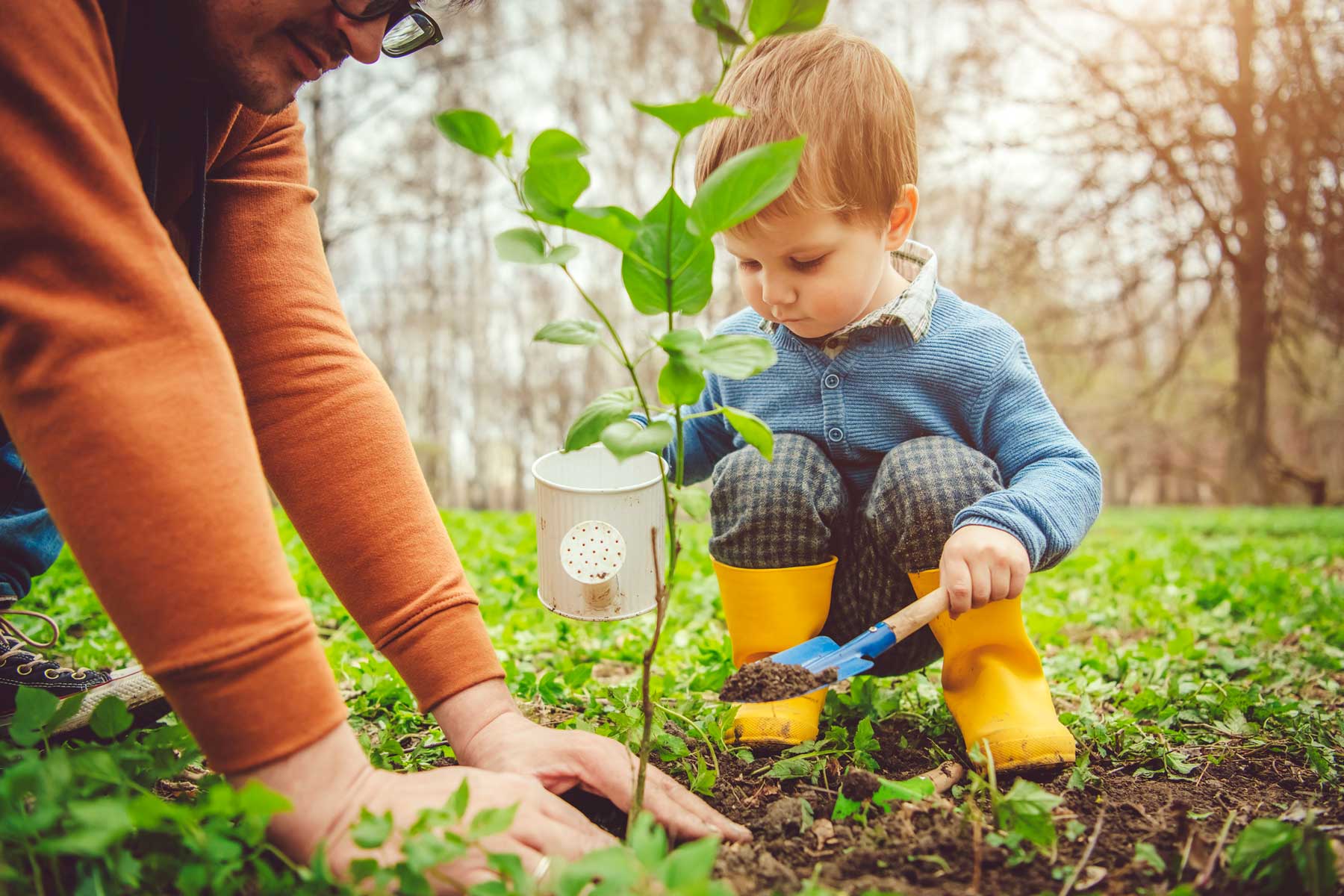Painting With Wind
In this lesson, children will blow paint through straws to investigate the relationship between wind force and velocity.
Content Area:
Weather and Seasons
Learning Goals:
This lesson will help toddlers and preschoolers meet the following educational standards:
- Demonstrate curiosity about the world and employ science and engineering principles and practices to answer questions and solve problems
- Explore physical, earth and life science concepts
- Develop an understanding of the connections between science and engineering
Learning Targets:
After this lesson, toddlers and preschoolers should be more proficient at:
- Developing foundational skills in the use of scientific practices such as observing, asking questions, solving problems and drawing conclusions
- Exhibiting scientific curiosity and a sense of wonder as they ask questions and solve problems
- Planning and carrying out simple investigations
- Exploring the effect of force on objects
- Generating explanations and communicating ideas and/or conclusions about their investigations

Painting With Wind
Lesson plan for toddlers/preschoolers
Step 1: Gather materials.
- Cups to hold paint
- Glue
- Googly eyes
- Pipettes or spoons
- Straws
- Watered-down tempera paint and/or liquid watercolor
- White paper, tagboard or card stock
Note: Small parts pose a choking hazard and are not appropriate for children age five or under. Be sure to choose lesson materials that meet safety requirements.
Step 2: Introduce activity.
- Introduce the idea of wind making objects move and ask the children how they can use wind to move the paint across the paper to create art.
- Ask the children to practice blowing through the straws so that they can feel the “wind” that will move their paint.
- Invite the children to experiment with wind force by blowing soft and hard and then fast and slow.
- Introduce the lesson vocabulary words: velocity, force, gusts and acceleration.
- Ask questions such as: “What happens when the wind is stopped by a surface? What shapes do you think the wind will make? Will your paint look different when it dries?”
Step 3: Engage children in lesson activities.
- Instruct the children to use their pipettes or spoons to transfer one or more droplets of paint to the paper.
- Then tell the children to blow through their straws at the droplets of paint on the paper.
- Encourage them to experiment by blowing from different directions.
- Then tell the children to set their first wind painting aside to dry and start over with a new sheet of paper.
- Have the children glue googly eyes or draw mouths onto onto their blown-paint creations to finish their works of art.
- Discuss the science behind the “painting with wind” process and ask the children what they learned from experimenting with the force and speed of their breath.
- Ask: “What do you see? What happened when you blew on the paint? Did you use your straw to blow the paint from different angles? Does your painting look different dry than it did when it was wet? How is it different? Do you see shapes? What happened when we changed the velocity of our paint?”
- Ask the children to make conclusions based on what they observed. One conclusion might be: “When we blew on our paint, the wind we created pushed the paint away from us.”
Step 4: Vocabulary.
- Acceleration: The rate at which the speed or direction of an object or substance increases over time
- Compare: To identify the similarities or differences between two objects
- Force: Active power that pushes or pulls on an object and causes a change in motion or balance
- Gusts: Short bursts of high-speed wind
- Push: A force that moves objects away from you
- Pull: A force that moves objects toward you
- Wind: The movement of air
- Velocity: The speed of an object
Step 5: Adapt lesson for toddlers or preschoolers.
Adapt Lesson for Toddlers
Toddlers may:
- Need to have a hole poked halfway up the straw with a pin (this will prevent them from sucking paint into the straw by accident)
- Need to have the straws cut in half so that the blowing force is stronger and closer to the paint
Child care providers may:
- Try blow painting inside of a cereal box (cut off the front of a cereal box with an Exacto knife so that every child has a deep box that will contain the blowing paint)
- Use a baking sheet with sides to prevent spills and minimize mess
Adapt Lesson for Preschoolers
Preschoolers may:
- Benefit from being handed paper plates with the paint drops already on them and ready for blowing
- Need to have the straws cut in half so that the blowing action is more concentrated and closer to the paint
Child care providers may:
- Repeat Step 3 (Action 1 and Action 2) with more paint and more colors until the children are satisfied with their designs
Suggested Books
- Beautiful Oops by Barney Saltzberg
- Elephant Wind: A Tornado Safety Book by Heather L. Beal (author) and Jubayda Sagor (illustrator)
- Splatter by Diane Alber
- The Wind Blew by Pat Hutchins
Music and Movement
“I am the Wind” performed by Fred Penner
Outdoor Connections
- Try this activity directly on the sidewalk with tempera paint.
Web Resources
- Visit the Artful Parent website for a step-by-step introduction to blow painting with photos and video.
Comment on this lesson